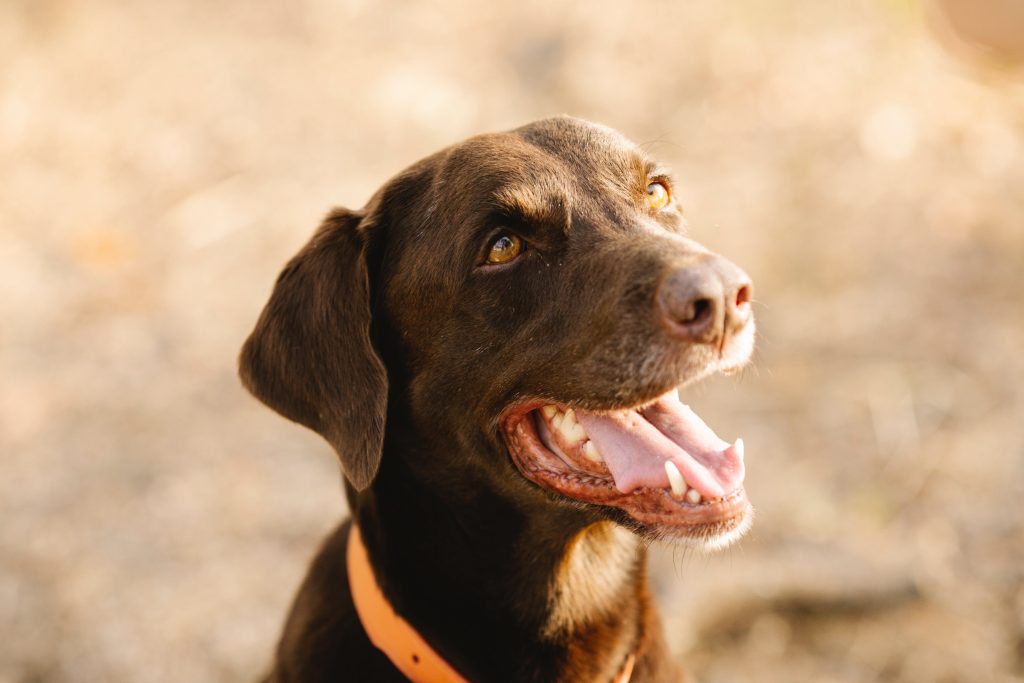How do you tell if a dog loves you?
Introduction: How do you tell if a dog loves you?
In this article, we’ll delve into How do you tell if a dog loves you? Dogs, often referred to as “man’s best friend,” have an incredible capacity for forming deep emotional connections. Understanding whether your furry companion truly loves you can be a source of joy and comfort.

Reading Body Language
Tail Wagging: One of the most universally recognized signs of a dog’s happiness is tail wagging. However, the way a dog wags its tail can convey different emotions. A wagging tail held high usually signifies excitement, while a lower wag might indicate submission or uncertainty.
Eye Contact: Dogs use eye contact to express affection and trust. A direct, soft gaze without signs of fear or aggression demonstrates a deep connection.
Floppy Ears: When a dog’s ears are relaxed and gently flopping, it signifies contentment. Perked ears can indicate alertness or excitement.
Physical Affection
Licking: Dogs show affection by licking, a behavior learned from puppyhood when mothers groom their young. Licking is a gesture of love and trust.
Leaning: If your dog leans against you, it’s a clear sign of affection and trust. This physical closeness strengthens the bond between you and your pet.
Snuggling: Dogs that seek close physical contact, such as cuddling on the couch or sleeping in your bed, are displaying a strong desire for companionship.
Behavioral Clues
Excitement and Joy: A dog expressing joy will often exhibit playful behavior, such as excitedly running in circles, wagging their tail vigorously, or even bringing you their favorite toy.
Following You Around: Dogs that follow you from room to room are demonstrating a desire to be near you, a clear sign of attachment and affection.
Protective Behavior: A dog’s protective instincts are a manifestation of their deep bond with you. If your dog becomes alert or defensive when strangers approach, it’s a sign they care about your safety.
Communication Through Sounds
Happy Barks: A happy bark, distinct from an anxious or aggressive one, is a joyful expression that your dog associates with your presence.
Whining or Whimpering: Whining can indicate a need for attention, but it can also be a sign of distress. Understanding the context is crucial in interpreting this vocalization.
Contented Purring (for certain breeds): Some breeds, like the Basenji, are known for making a purring-like sound when content. This soft, melodic noise is a unique expression of happiness.
Understanding Unique Dog Personalities
Breed-Specific Traits: Different dog breeds have distinct personalities. Researching breed-specific behaviors can help interpret your dog’s actions more accurately.
Individual Variances: Within any breed, individual dogs may have unique preferences and quirks. Pay attention to what makes your dog happy on an individual level.

The Role of Positive Reinforcement
Rewarding Good Behavior: Positive reinforcement, such as treats or praise, can reinforce your dog’s affectionate behavior and strengthen your bond.
Building Trust Through Training: Training sessions not only teach commands but also build trust between you and your dog. Consistent positive interactions foster a loving relationship.
Common Misinterpretations
Fearful Behavior: Sometimes, what may seem like aloofness or aggression is rooted in fear. Understanding your dog’s body language can help distinguish between fear and genuine affection.
Aggressive Signs: Aggressive behavior is not an expression of love. Growling, bared teeth, or snapping are signs of discomfort or hostility and should be addressed through training.
Conclusion
In the delightful journey of understanding your dog’s love, patience and keen observation play pivotal roles. The key is to appreciate the unique ways in which your furry friend communicates affection. By recognizing and reciprocating these signals, you can forge an unbreakable bond that transcends words.




Leave a comment